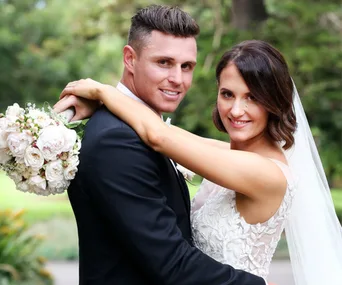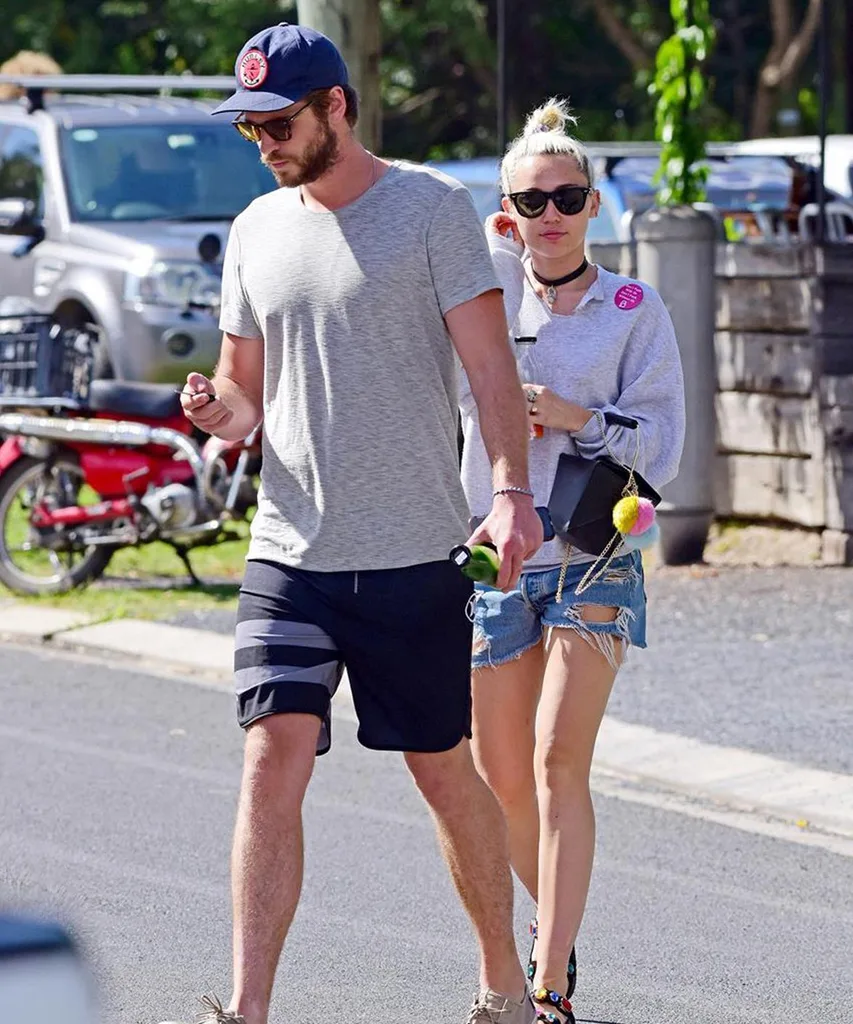We know first-hand how overwhelming it can be to choose the best products for your baby. Which is why the 2016 Mother & Baby awards, sponsored by Babies “R” Us, seek to make it easier, helping Aussie mums find the best buys for their bubs.
Now in their fifth year, the awards highlight the best products in the baby care industry, from nappies and wipes, to big ticket items such as cots, cars and family holidays.
The Mother & Baby award rosette signals that a product has been exhaustively tried, tested and voted the best by real mums, and given the tick of approval by a panel of experts.
Click through the gallery to check out the finalists in the home tested baby food category.
Brought to you by Babies “R” Us
See the 2017 winners here.


CATEGORY: MOST POPULAR BABY FOOD. Only Organic features a delicious organic menu suitable for babies from the age of nine months. Certified Organic Pouch Meals RRP $2, Finger Foods RRP $4.

CATEGORY: MOST POPULAR BABY FOOD. The Rafferty’s Garden range RRP $2.09 introduces a wider range of savoury flavours and is suitable from six months.

CATEGORY: MOST POPULAR BABY FOOD. ALDI Mamia Baby Food Desserts RRP $1.19 are made with full cream milk, have no artificial colours or flavours and no added preservatives.

CATEGORY: MOST POPULAR BABY FOOD. The Vaalia Kids Immune Defence pouches RRP $5.89 (for six) are packed with added vitamins and minerals, like vitamin A and vitamin D to support immunity.

CATEGORY: MOST POPULAR BABY FOOD. Baby Mum-Mum Rice Rusks RRP $2.95 are free from the 10 most common allergens, mess-free and packed in convenient individual packs of two.



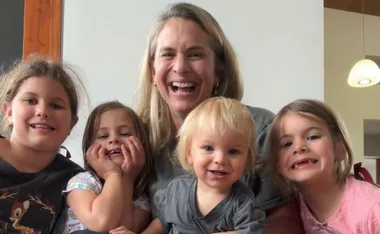
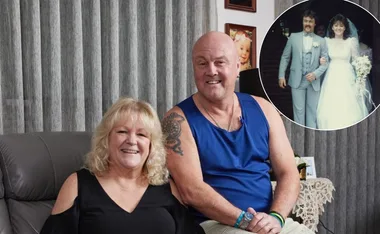


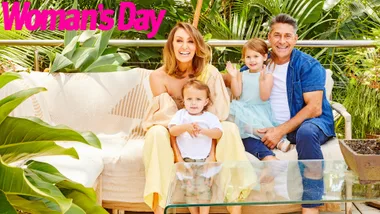
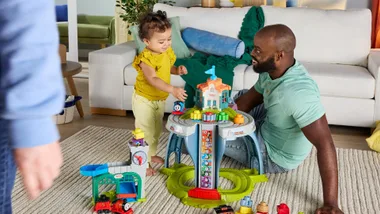

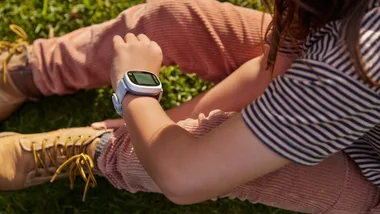



















.png?resize=380%2C285)
.jpg?resize=380%2C285)




.png?resize=380%2C285)







